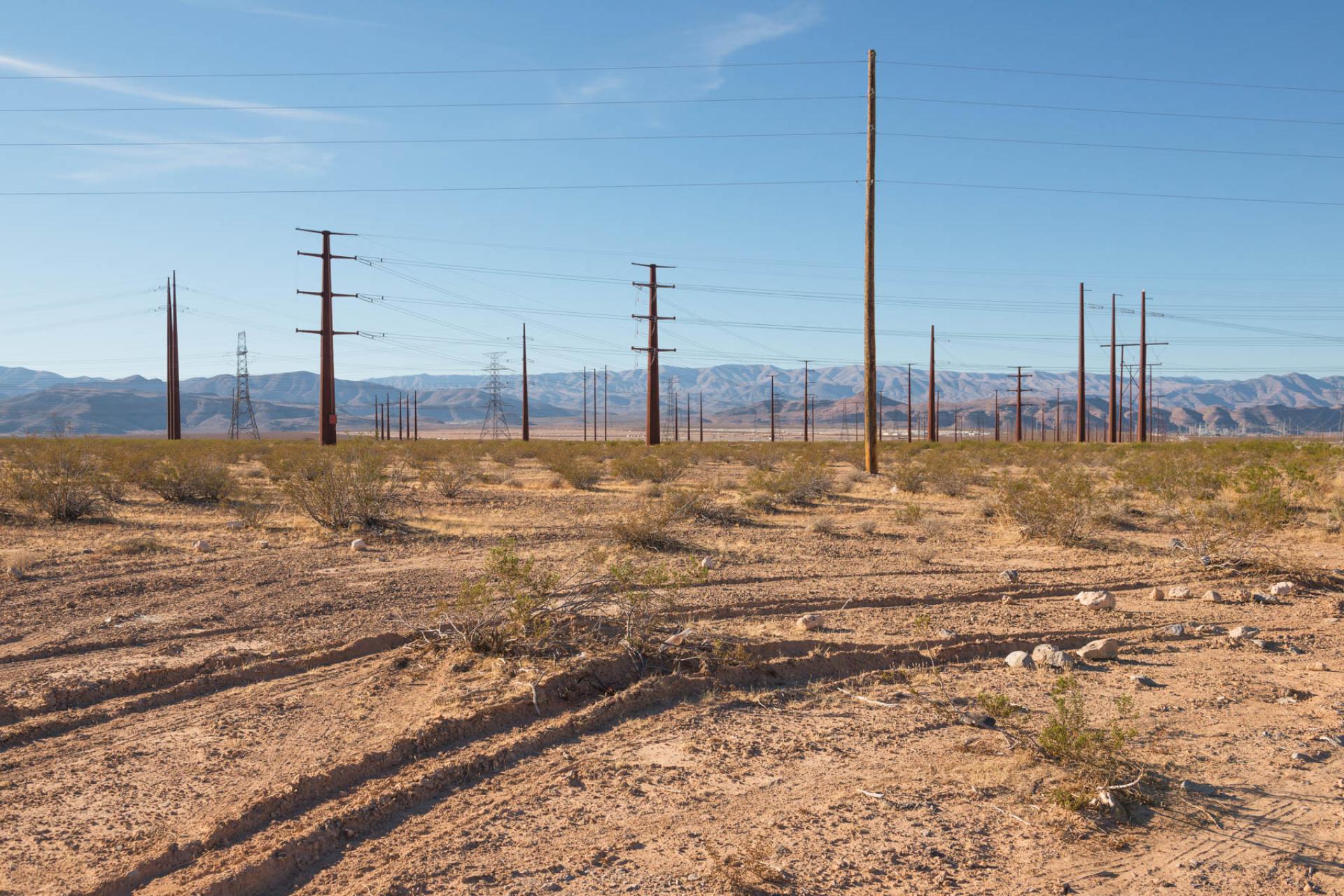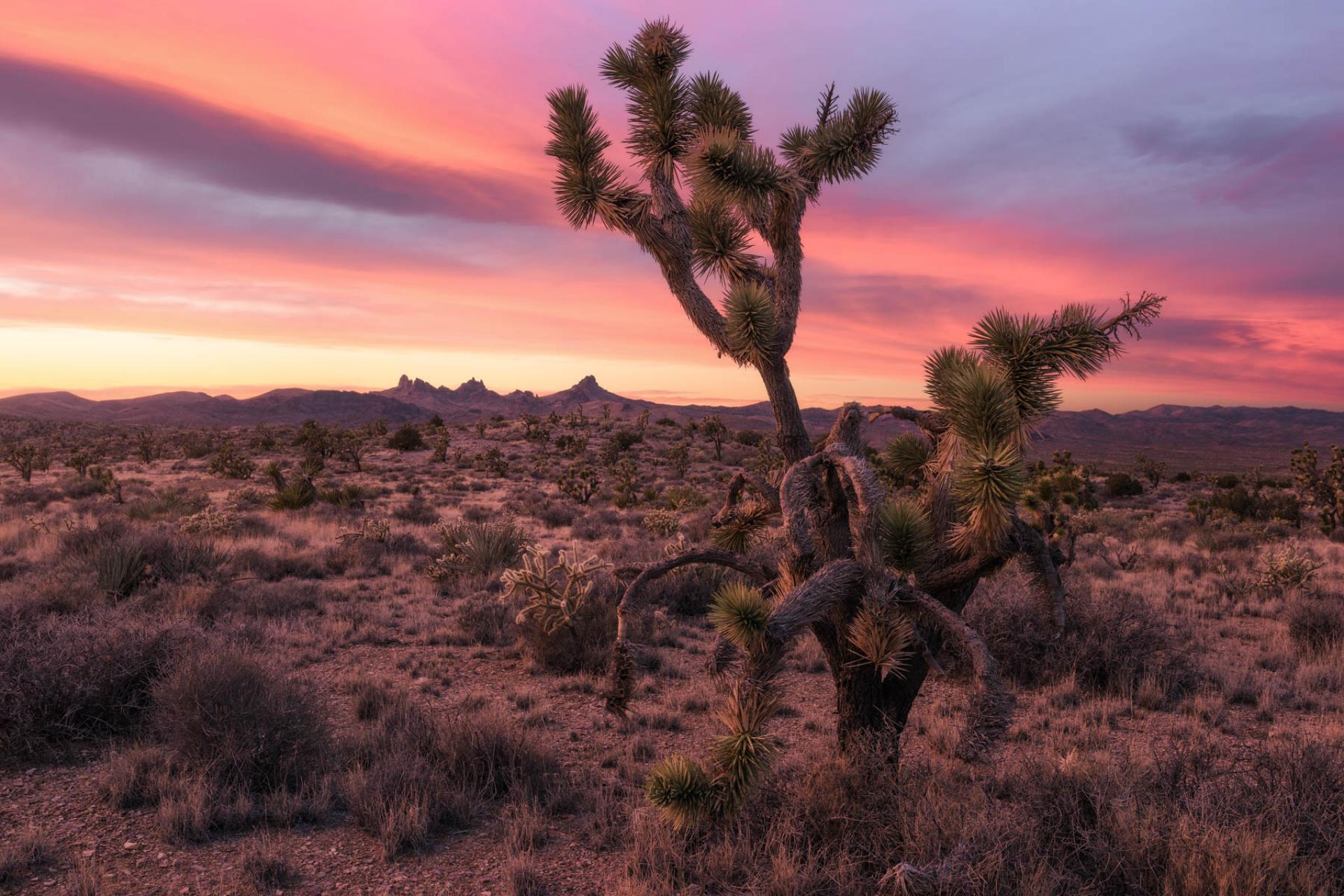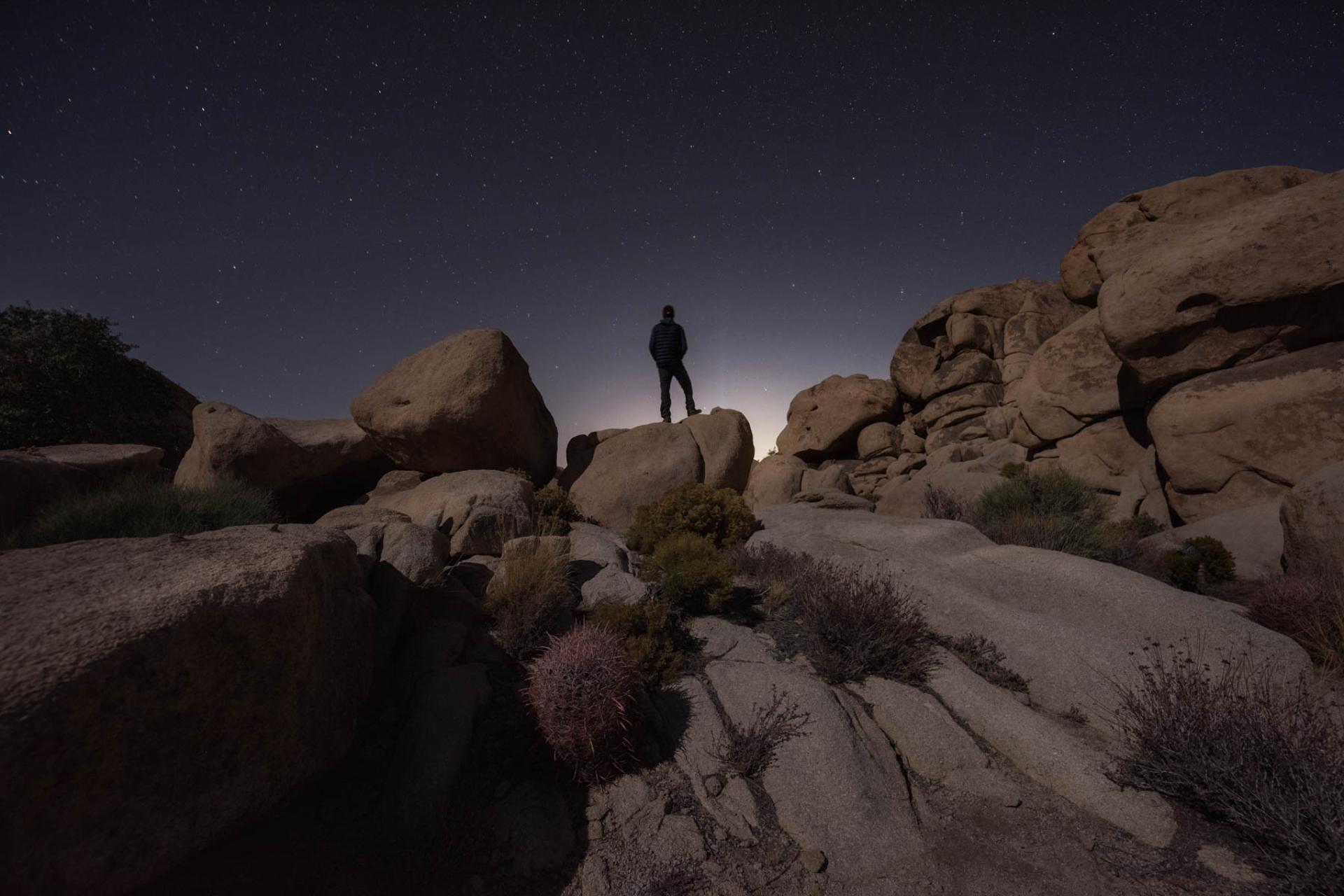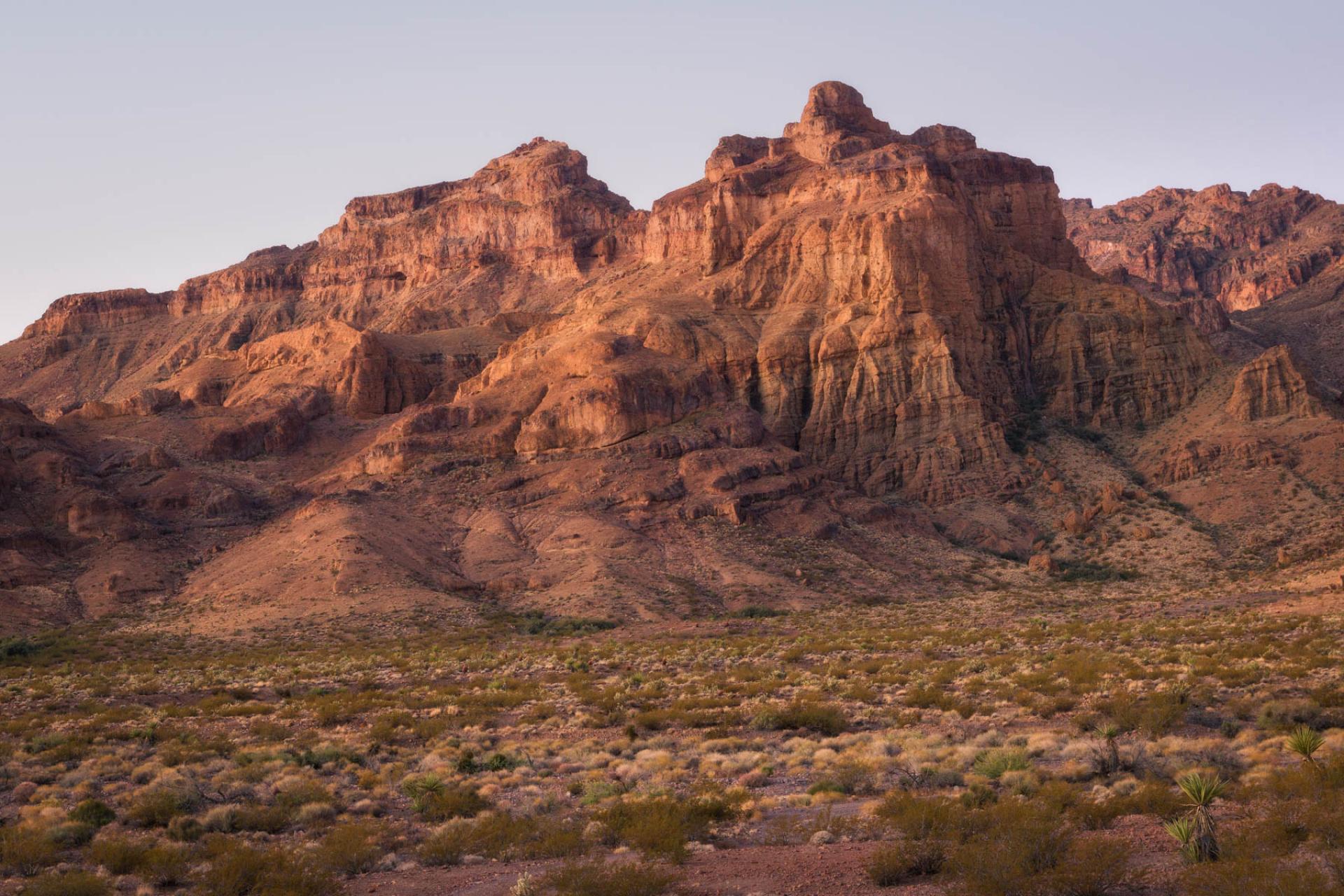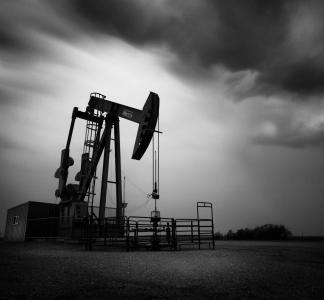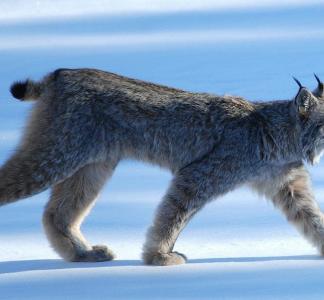Mason Cummings, TWS
Supporting responsible renewable energy development while protecting special lands
Nevada is home to incredible wildlands and some of the country’s best renewable energy resources. Solar, wind and geothermal projects are vital for our clean energy future, and they must be carefully planned to limit negative impacts to the environment, plants and animals on our public lands.
Projects like the Dry Lake Solar Energy Zone outside Las Vegas have made Nevada a leader on smart renewable energy development. However, sensitive wildlands are threatened by badly located proposals. The Crescent Peak Wind Energy Project was one such badly located proposal that has been canceled, thanks in part to the efforts of The Wilderness Society and our conservation partners, local community members, Indigenous tribes, sportsmen and others.
Designating additional good zones for solar projects and ensuring that all renewable energy and transmission development is steered clear of important wildlands and wildlife habitat will ensure future success.
Nevada is home to large tracts of sun-washed lands that can provide perfect locations for solar energy construction. But many of these lands include scenic areas and sensitive wildlife habitat that can be be harmed by poorly placed projects.
The threat
Nevada is a hotspot for renewable energy and showcases the importance of responsible development. But the state must steer big energy projects away from important plant and wildlife habitat, while guiding solar, wind and geothermal projects to lower-impact places that are less important for threatened species like the Mojave desert tortoise. The Wilderness Society works to find these lower-impact places, which will help create additional responsible renewable energy successes like the Dry Lake Solar Energy Zone.
Unfortunately, public lands in Nevada are at risk from proposals for development in the wrong locations. For example, the Crescent Peak Wind Energy Project was proposed within unprotected lands in southwestern Nevada. The site is surrounded by protected lands, including land that has been officially designated as an Area of Critical Environmental Concern to protect the threatened Mojave desert tortoise. The Castle Mountains National Monument and Mojave National Preserve are nearby. The project would have damaged wildlands in a stunning Joshua tree forest that is also home to sensitive wildlife like the mule deer. Our work to stop this proposed project has been successful. We are now working to establish new protections for this amazing wild landscape.
What we're doing
-
Identifying the right places to build solar projects
We’re working with conservation partners and the solar industry to identify good new solar zones in lower-impact areas in southern Nevada.
-
Promoting transmission lines that don’t harm wildlands
We’re helping improve pathways for transmission lines to carry the power to our cities and homes by having them follow routes that have already been developed along existing highways, rather than developing new infrastructure that could cut through sensitive wildlands.
-
Defending wildlands from harmful projects
We’re fighting to protect key wildlands from badly sited projects like the proposed Crescent Peak Wind Energy Project.
